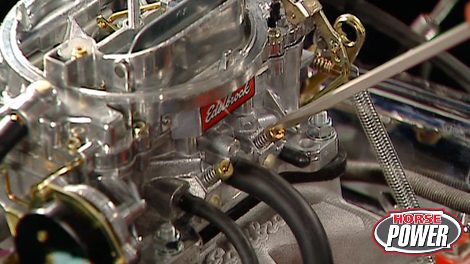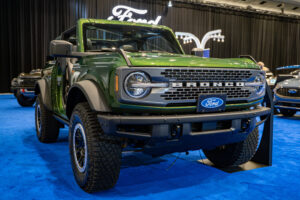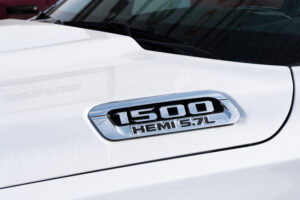
In Car Cam Swap
This weekend, a real world engine upgrade. The Horsepower gang will tackle a cam and valvetrain swap on a muscle car – without removing the engine. They’ll also swap out the timing set and gaskets to pump up the power using basic shop tools. Also, a heads-up on how tech wheel balancing works.
Season 8
Episode 8






























